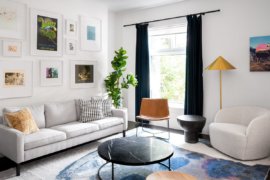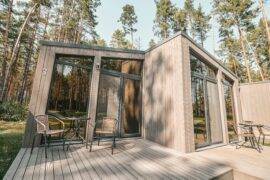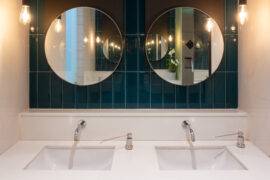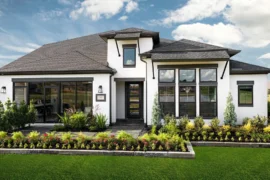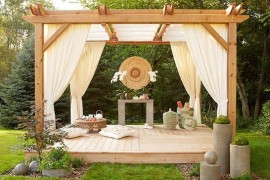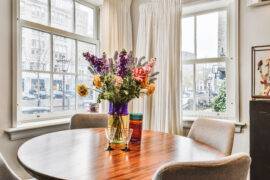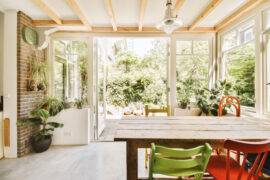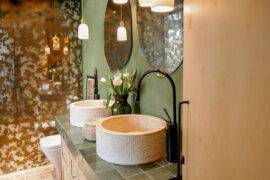Claustrophobia is a horrible, debilitating disease based on the fear of being imprisoned within tight inescapable spaces. Dark cramped corners that suffocate you with the irrational thought of no air. This anxiety can happen anytime, anywhere with no real forewarning. One minute you are carefree, the next your elbowroom has vanquished to the masses of people swallowing you like rush hour at grand central station. You open your eyes. No train to catch. Nope. You are stuck in your diminutive apartment whose key selling points sound like. “Enjoy the coziness of this quaint home. No matter where you are, every time you turn around, you face the entrance door.”
But with a little bit of DIY sweat and enchantment you can bring some action in and soothe the claustrophobia out.
Step One: It’s All About the Scaling [to] the Wall
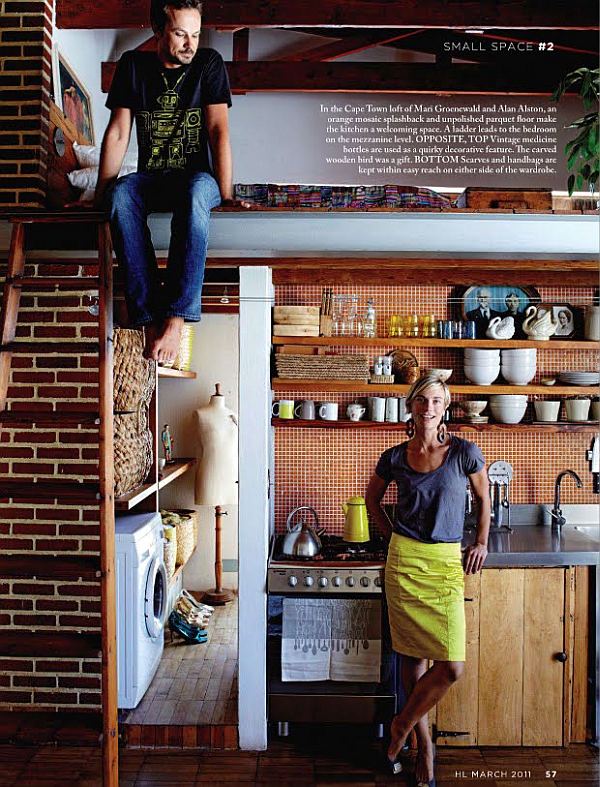
Growing up I was a big fan of Barbie’s and playing dollhouse. It was here I was in control of an entire world and perhaps where my interior design sense began. But one thing I learned by hours of intense frolicking in my make believe world is that you can’t mix Barbie furniture with dollhouse furniture. Compared to my little plastic figurines for my dollhouse, the Barbie’s were a family of Goliaths. And even though most furniture is made one size fit all there are different sizes and you hopefully you won’t have to sacrifice comfort for smaller portions. Make sure you don’t overpower with oversized furniture.
Step Two: Multi-purpose and Multi-Function
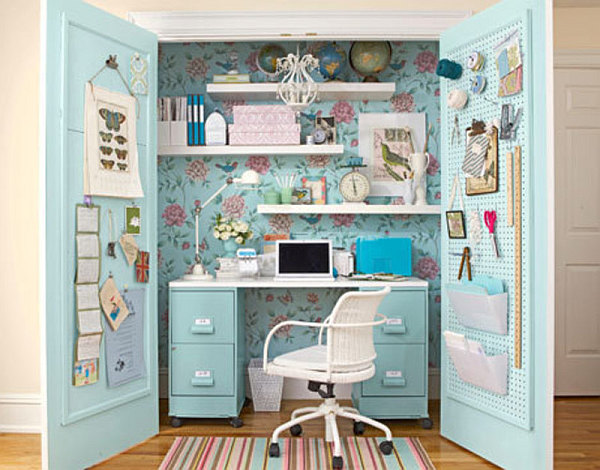
When space is limited, functionality is integral to making a room look complete without overindulgences of furniture accessories and décor. An end table with a bookshelf a sofa that turns into a bed or maybe a desk that folds up onto the wall. This will give you the whole experience of having it all with diminishing the area. Multifunction pieces are not only smart in design; they often can be the structurally interesting components of your residence.
Step Three: Using Color To Emphasize
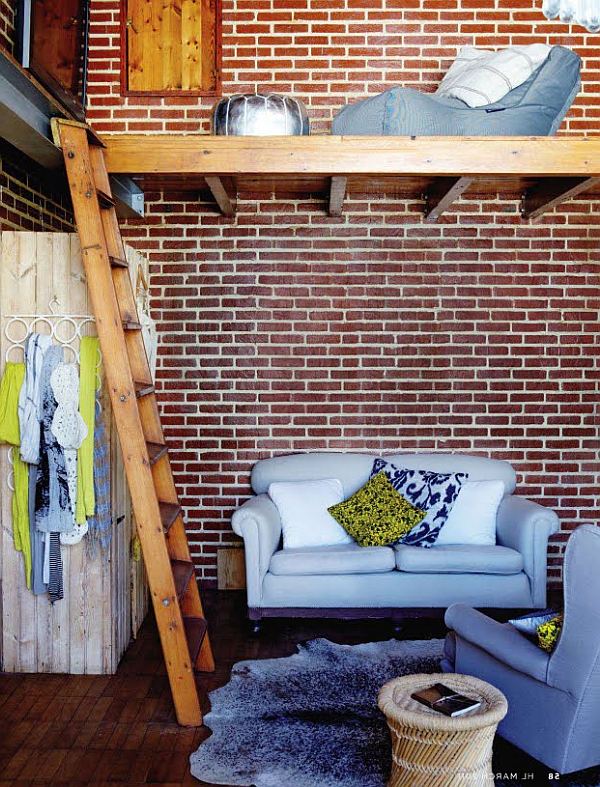
If you brighten places up you’ll expand the imagery. Dark colors don’t carry the vibrancy or have the ability to reflect light like certain lighter colors. Even if you have one accent wall in one of these colors you’ll be able to maximize the feel of capacity. For the main concept of your room you want to use whites, and light shades of blues and greens. Think beach house and serene escapes. If you want to add darker hues and tones implement this feature in trim and borders or small décor elements.
Step Four: Don’t Play Shadow Games
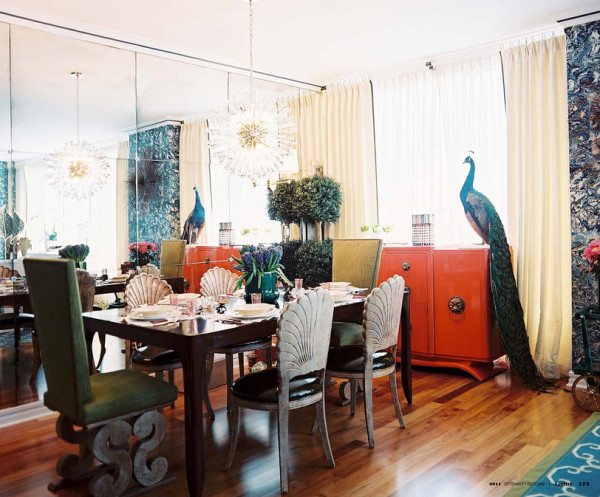
Windows in small spaces are fundamental to success. No matter how beautiful your drapes are keep it simple. Bamboo blinds will serve the purpose of beauty and privacy but pull them up and your room will gain natural light. Overhead light or high floor lamps will help in this area of concern as well. The higher the light the more it will encompass as it focuses and, like a microscope, it enlarges.
Following these simple guidelines you can take charge of your snug quarters. Now when you walk back in the room and can actually see the floor and the light beams accentuate the corners and muted walls you can kiss the panic mode of no room goodbye!
